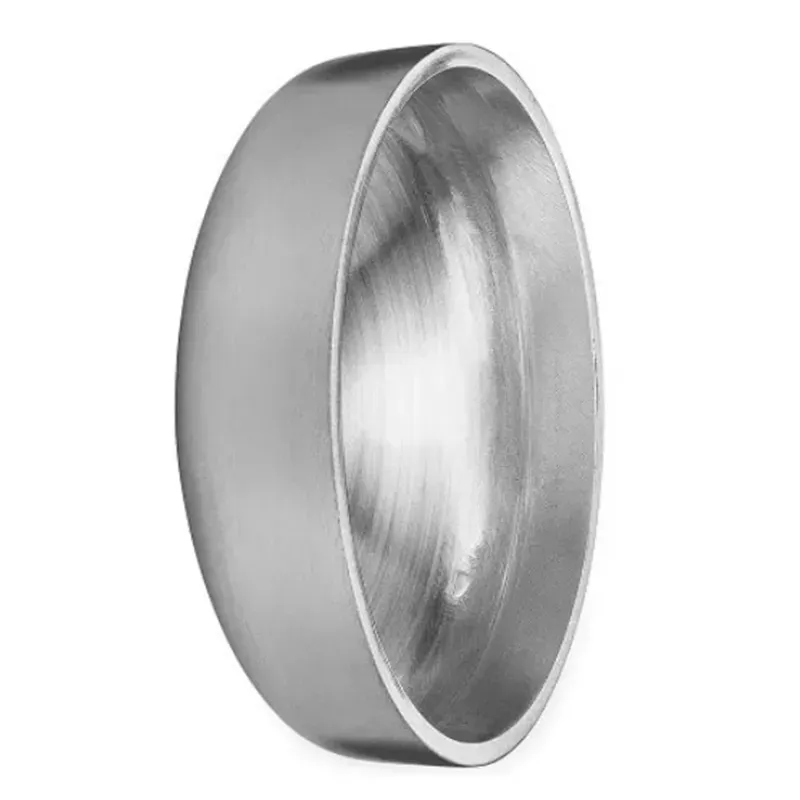-
Cangzhou Yulong Steel Co., Ltd.
-
Phone:
+86 13303177267 -
Email:
admin@ylsteelfittings.com
- English
- Arabic
- Italian
- Spanish
- Portuguese
- German
- kazakh
- Persian
- Greek
- French
- Russian
- Polish
- Thai
- Indonesian
- Vietnamese
- Zulu
- Korean
- Uzbek
- Hindi
- Serbian
- Malay
- Ukrainian
- Gujarati
- Haitian Creole
- hausa
- hawaiian
- Hebrew
- Miao
- Hungarian
- Icelandic
- igbo
- irish
- Japanese
- Javanese
- Kannada
- Khmer
- Rwandese
- Afrikaans
- Albanian
- Amharic
- Armenian
- Azerbaijani
- Basque
- Belarusian
- Bengali
- Bosnian
- Bulgarian
- Catalan
- Cebuano
- China
- China (Taiwan)
- Corsican
- Croatian
- Czech
- Danish
- Esperanto
- Estonian
- Finnish
- Frisian
- Galician
- Georgian
- Kurdish
- Kyrgyz
- Lao
- Latin
- Latvian
- Lithuanian
- Luxembourgish
- Macedonian
- Malgashi
- Malayalam
- Maltese
- Maori
- Marathi
- Mongolian
- Myanmar
- Nepali
- Norwegian
- Norwegian
- Occitan
- Pashto
- Dutch
- Punjabi
- Romanian
- Samoan
- Scottish Gaelic
- Sesotho
- Shona
- Sindhi
- Sinhala
- Slovak
- Slovenian
- Somali
- Sundanese
- Swahili
- Swedish
- Tagalog
- Tajik
- Tamil
- Tatar
- Telugu
- Turkish
- Turkmen
- Urdu
- Uighur
- Welsh
- Bantu
- Yiddish
- Yoruba

Aug . 08, 2024 04:26 Back to list
Understanding the ASTM A106 Grade B Standard for Seamless Carbon Steel Pipes Applications and Specifications
Understanding ASTM A106 Grade B A Standard for Seamless Carbon Steel Pipes
In industrial applications, the quality and specifications of materials are critical for ensuring the safety, reliability, and efficiency of systems. This is particularly true in sectors such as oil and gas, power generation, and chemical processing, where high-performance materials are essential. One such material standard is ASTM A106 Grade B, a specification specifically concerning seamless carbon steel pipes.
Overview of ASTM A106
ASTM A106 is a standard developed by ASTM International, which specifies the requirements for seamless carbon steel piping intended for high-temperature service. This standard outlines the technical delivery conditions, chemical composition, mechanical properties, and inspection methods that manufacturers and users must adhere to. It is crucial for ensuring the pipes can withstand high pressures and temperatures commonly found in various industrial settings.
Characteristics of ASTM A106 Grade B
Grade B is one of the most widely used grades under ASTM A106. This grade is particularly noted for its ability to be fabricated and welded. The carbon content in A106 Grade B ranges between 0.26% to 0.29%, which contributes to its strength and toughness. The specific requirements dictate that the pipe must perform effectively under pressure and should have sufficient tensile strength while maintaining a good level of ductility to permit bendability during installation.
The chemical composition of ASTM A106 Grade B typically includes elements like manganese, phosphorus, and sulfur. These elements enhance the mechanical properties of the steel, allowing it to resist wear and fatigue over time. The standard outlines specific limits for each element to ensure that the steel can withstand the harsh conditions often encountered in high-temperature applications.
astm a a106 gr b standard

Mechanical Properties
For ASTM A106 Grade B, specific mechanical properties are required. The yield strength of this grade must not fall below 35,000 psi (approximately 241 MPa), while the tensile strength should be between 60,000 psi (approximately 414 MPa) and 80,000 psi (approximately 552 MPa). Moreover, this grade requires a minimum elongation of 20% for pipe sizes up to 2 inches in diameter and 21% for sizes larger than 2 inches, indicating the amount of deformation the material can sustain before fracture.
These mechanical properties make A106 Grade B suitable for a range of high-temperature applications, including boiler systems, heat exchangers, and refineries.
Applications
Due to its robust properties, ASTM A106 Grade B is extensively utilized in various industries. It is particularly favored in the oil and gas sector for transporting steam, water, and gas, as it maintains integrity under high pressures and temperatures. Additionally, it is used in the construction of power plants and in industrial piping systems where high performance is critical.
Conclusion
In summary, ASTM A106 Grade B is an essential specification for seamless carbon steel pipes used in high-temperature applications. Its well-defined chemical composition and mechanical properties ensure that it meets the stringent demands of various industries. Understanding this standard is crucial for engineers and material scientists involved in the design, fabrication, and inspection of piping systems. For anyone working with materials in critical applications, familiarity with ASTM A106 Grade B is vital to ensure safety, compliance, and performance in industrial operations.
Latest news
-
ANSI 150P SS304 SO FLANGE
NewsFeb.14,2025
-
ASTM A333GR6 STEEL PIPE
NewsJan.20,2025
-
ANSI B16.5 WELDING NECK FLANGE
NewsJan.15,2026
-
ANSI B16.5 SLIP-ON FLANGE
NewsApr.19,2024
-
SABS 1123 FLANGE
NewsJan.15,2025
-
DIN86044 PLATE FLANGE
NewsApr.19,2024
-
DIN2527 BLIND FLANGE
NewsApr.12,2024
-
JIS B2311 Butt-Welding Fittings LR/SR 45°/90° /180°Seamless/Weld
NewsApr.23,2024











